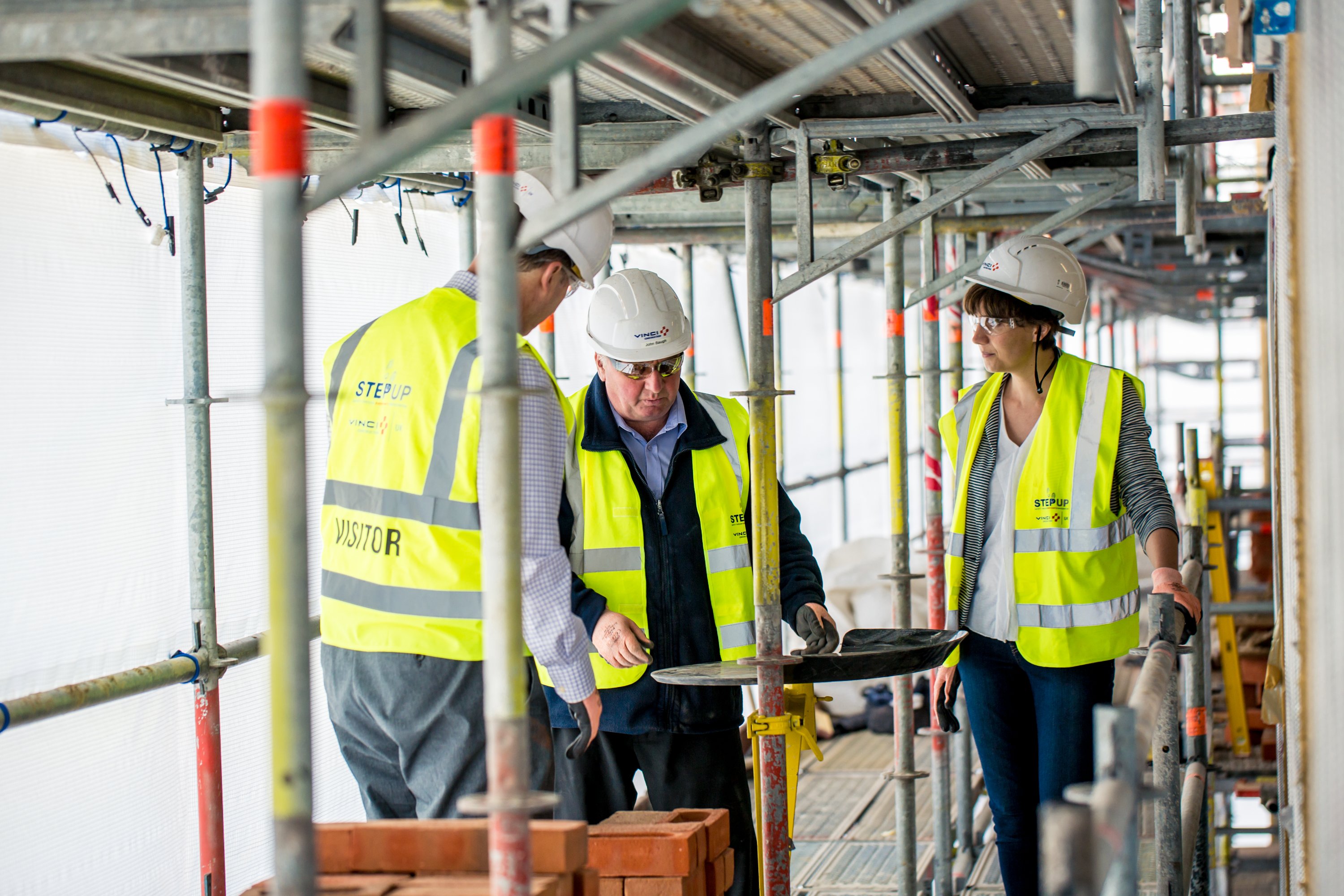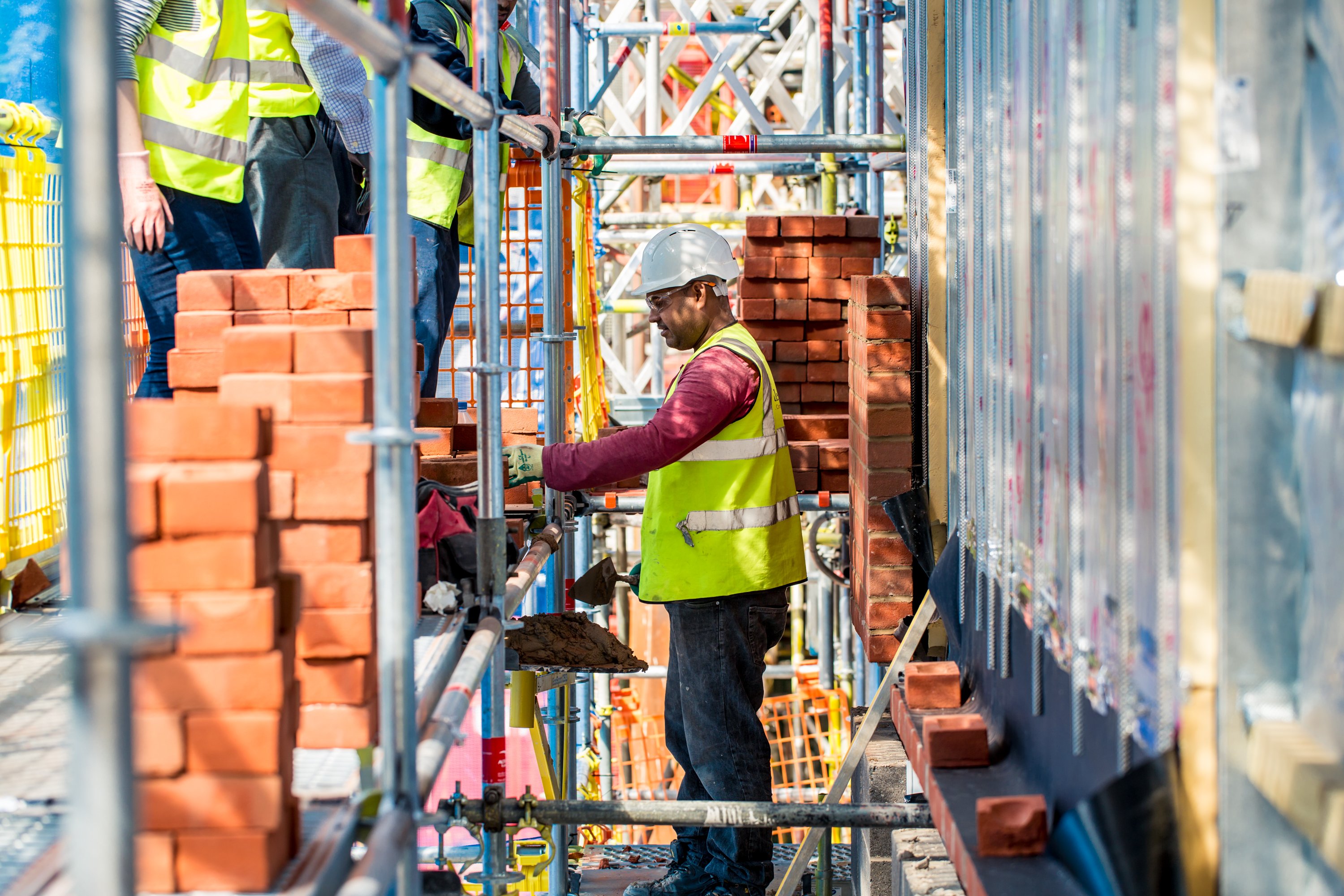Case study: Using technology to reduce injuries and costs
As part of SHP’s pioneering construction series of articles for November, Zoe Whyatt, Head of Sales and Operations Europe at dorsaVi Europe Ltd, looks at modern solutions for the construction workforce, that help monitor and reduce manual handling risk.
While workplace safety will always be a priority, increasingly safety managers are investing greater attention on methods for reducing injury and costs, improving productivity, and improving the safety culture and education of workers. Whether you have a workforce working in remote mine sites in harsh and challenging landscapes or city offices with a more sedentary work environment, mitigating risk and improving the health and wellbeing of your workers has never been more important. As workplace culture around health and safety shifts, so too must the strategies to equip safety managers with modern solutions for a contemporary workforce.
Work related injuries are a US$250 billion problem in the United States alone and lower back injuries account for nearly 20% of workplace injuries in the US, Australia, and the UK. Safe Work Australia has re-estimated the total economic cost of work related injury to the Australian economy to be A$61.8 billion representing 4.1% of GDP for the same period.

Beyond the obvious economic burden to companies, workplace injuries significantly impact workplace culture, candidate recruitment and employee retention. It is not surprising then, that reducing workplace injury and lower back injury specifically can have a major beneficial impact on the overall health and wellbeing of an organization and its productivity.
Global French construction business, VINCI Construction UK, was able to introduce a highly effective solution to reduce high risk and repetitive movements that cause back soreness and chronic pain with its bricklayers in its UK division. Low back pain is more commonplace with continuous bending, twisting and heavy lifting. A study conducted in 2012 found bricklaying to be associated with multiple risks including energetic load (exceeding 25% heart rate reserve), load on the lower back (exceeding the NIOSH-threshold value of 3.4 kN), repetitive force exertions of the upper extremities, frequent bending with trunk flexion exceeding 60° and working with the arms more than 60° elevated. For VINCI Construction UK, addressing back pain was a process of rethinking how they work.
Lower back pain, strain and injury might be typical for bricklayers, but that doesn’t make it acceptable. VINCI Construction UK has created a culture where its workforce is empowered to be actively involved in improving the working environment and workplace activities with the aim of minimising risk.
The EcoSpot is a scaffold-mounted mortar board designed to reduce repetitive bending. While the concept is intuitive in its simplicity says John Baugh, Senior Construction Manager VINCI Construction UK, proving the benefits scientifically was ultimately required to support its introduction.“The traditional way that bricklayers lay bricks is by stacking the bricks about a foot off the ground and putting a wooden mortar board on the top. Can you imagine bending every day getting mortar constantly from that lower board to build your wall? They’re going to be bending over every time they need to lay a brick, about 2000-2500 times per day. Introducing the EcoSpot, which is adjustable, was great but we needed the proof that it would reduce bending and strain on the back for us to adopt it.”

ViSafe is a wearable sensor technology that is able to discretely measure movement and muscle activity in real time and on the job in an employee’s actual work environment. It quickly and effectively measures human movement in a way that gives companies easy to interpret data that can be turned into measurable results. ViSafe was used to objectively measure and validate whether the EcoSpot could help ease worker burden and reduce risk of injury, particularly to the lower back.
Bricklayers wore small sensors during their work day and switched between using the traditional mortar board and the EcoSpot. Data was transmitted wirelessly in real time and allowed assessors to measure muscle activity and body movement.
The data confirmed the EcoSpot was effective in reducing activities associated with lower back pain compared with traditional methods of laying bricks. In particular:
- Time spent with back bent over 20 degrees reduced by up to 85%
- 84% reduction in lower back muscle activation
- Repetition of higher risk movements reduced by up to 70%
- 17% increase in productivity, measured in bricks per minute
The results of the study were compelling with the EcoSpot resulting in superior performance in terms of safety and productivity compared with traditional methods of working, supporting its implementation. The comparison between alternative means of working using hard data provided by ViSafe showed the obvious benefits of one over the other. By implementing the new and improved way of working, all involved will enjoy its benefits – workers will experience less pain and injury, while employers will see less time lost by injured workers needing time away for treatment, and importantly the 17% improvement in productivity.
Watch the full story here: http://get.dorsavi.com/vinci-visafe/
Zoe Whyatt is Head of Sales and Operations Europe 
Case study: Using technology to reduce injuries and costs
As part of SHP’s pioneering construction series of articles for November, Zoe Whyatt, Head of Sales and Operations Europe at
Safety & Health Practitioner
SHP - Health and Safety News, Legislation, PPE, CPD and Resources Related Topics
Drug and alcohol testing in a UK airport environment
Unleashing the power of emerging technologies in EHS
Passing the baton – Meet the 2024 IOSH President



